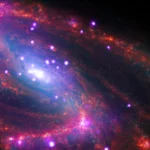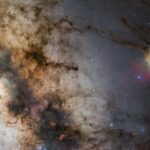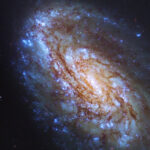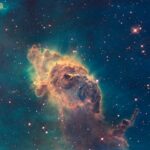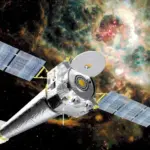Hubble used both its Advanced Camera For Surveys and its Wide Field Camera 3 in this observation, taking advantage of the complementary capabilities of these instruments. Despite having only one primary mirror, Hubble’s design allows multiple instruments to be used to inspect astronomical objects. Light from distant astronomical objects enters Hubble and is collected by the telescope’s 2.4-metre primary mirror; it is then reflected off the secondary mirror into the depths of the telescope, where smaller mirrors can direct light into individual instruments.
Each of the four operational instruments on Hubble is a masterpiece of astronomical engineering in its own right, and contains an intricate array of mirrors and other optical elements to remove any aberrations or optical imperfections from observations, as well as filters which allow astronomers to observe specific wavelength ranges. The mirrors inside each instrument also correct for the slight imperfection of Hubble’s primary mirror. The end result is a crystal-clear observation, such as this glittering portrait of Terzan 2.
Credit: ESA/Hubble & NASA, R. Cohen



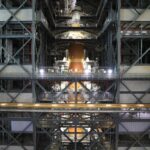



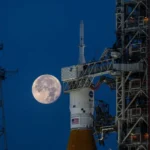





![Space Streams - Nebula [Ambient] image](https://space-streams.com/wp-content/uploads/2024/11/space-streams-nebula-150x150.png)
